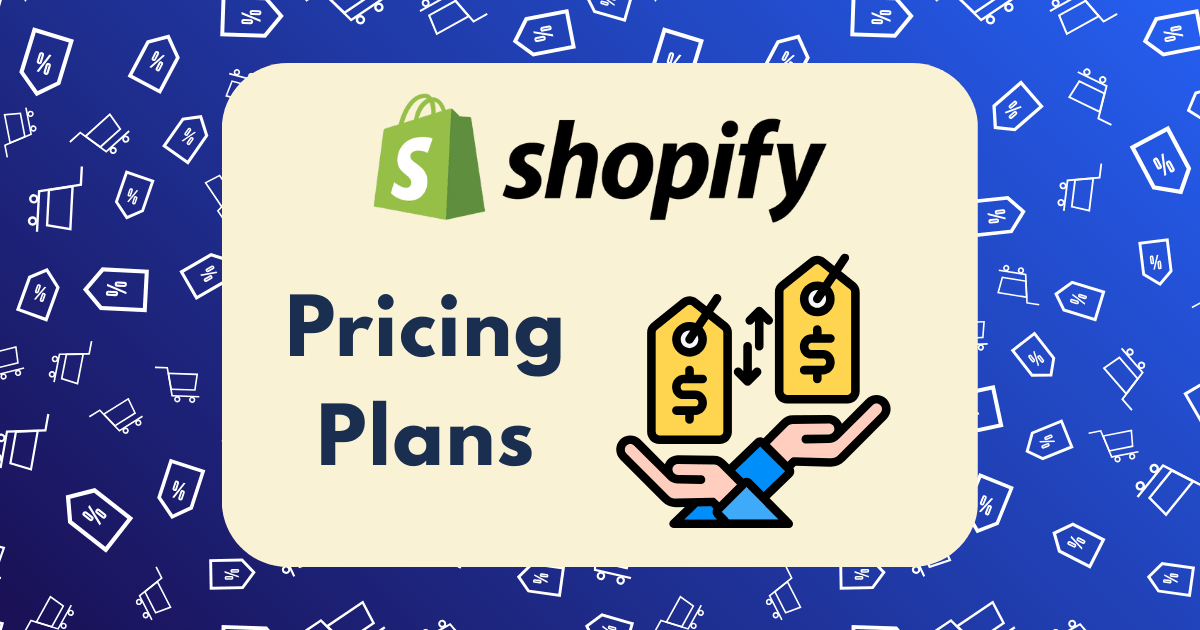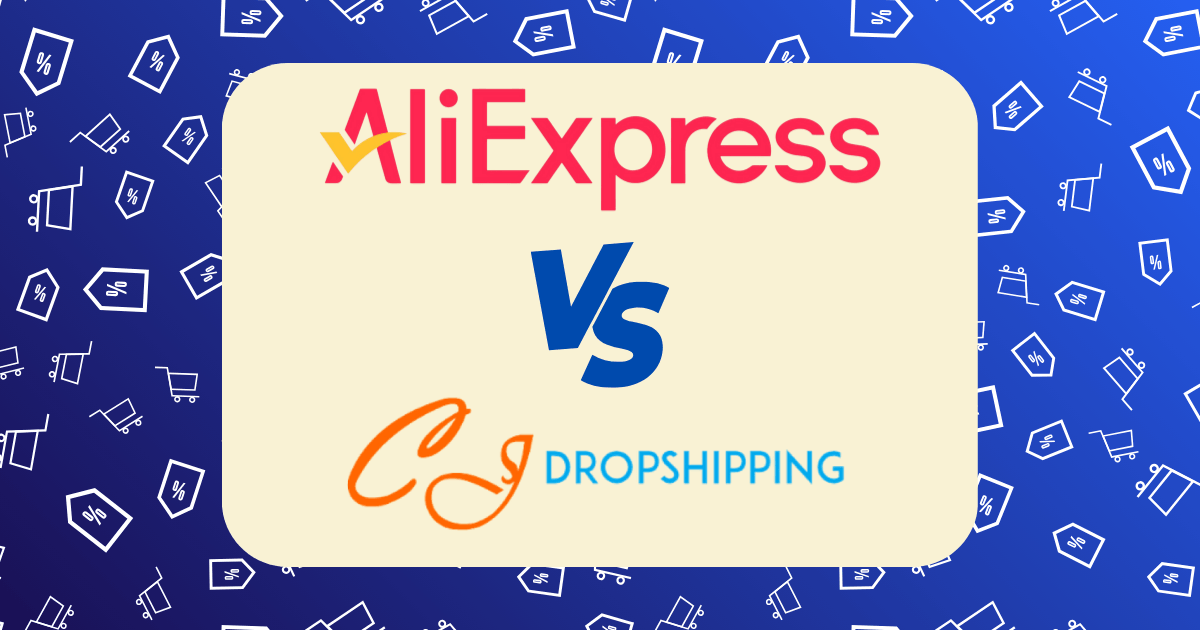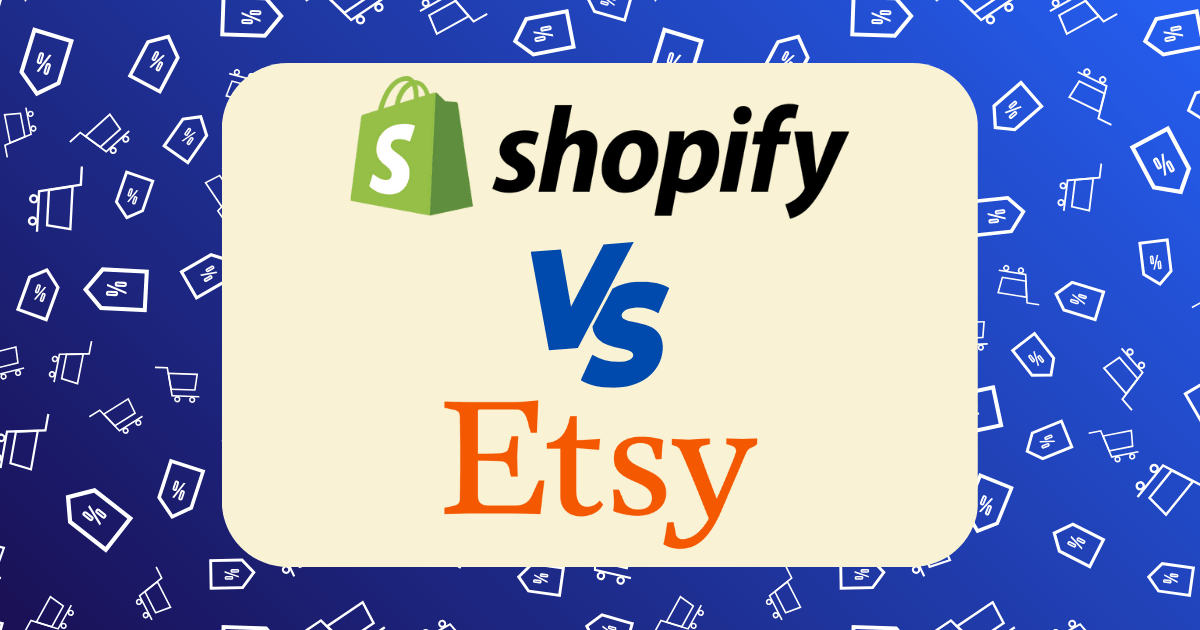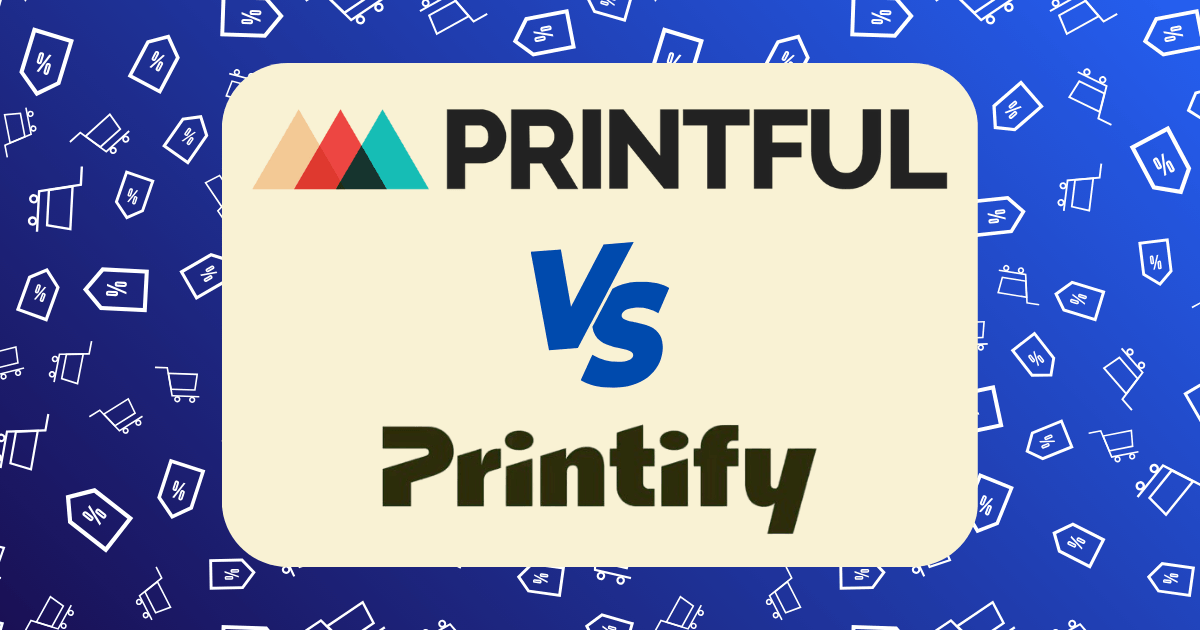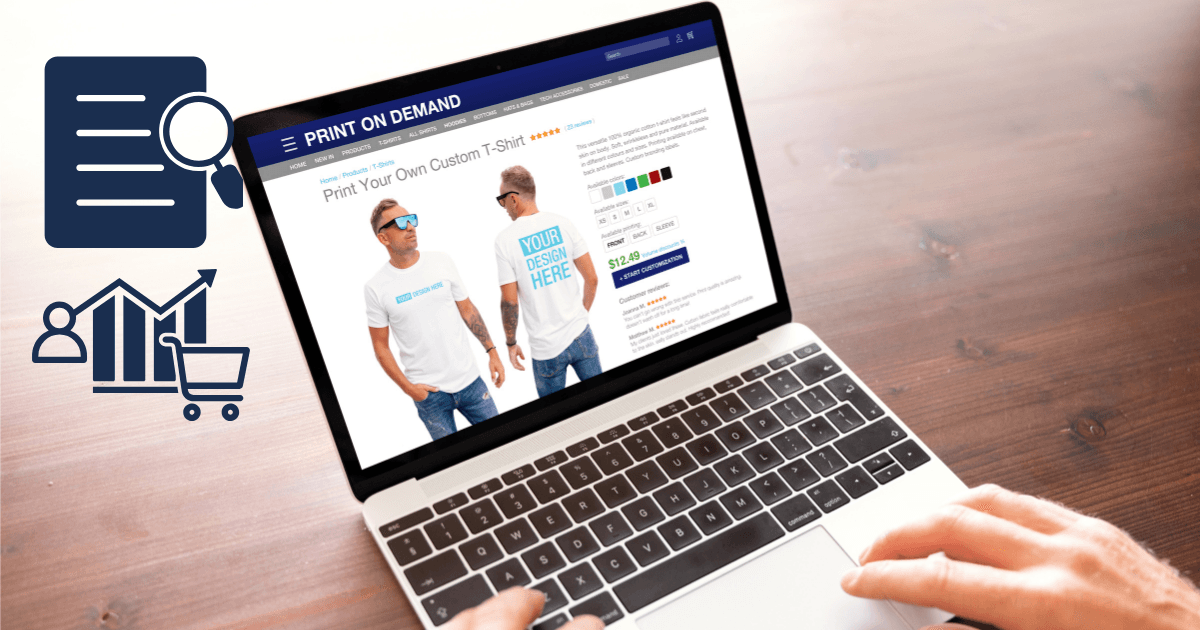Amazon FBA Fees Explained 2025: What You’ll Actually Keep From a $30 Sale
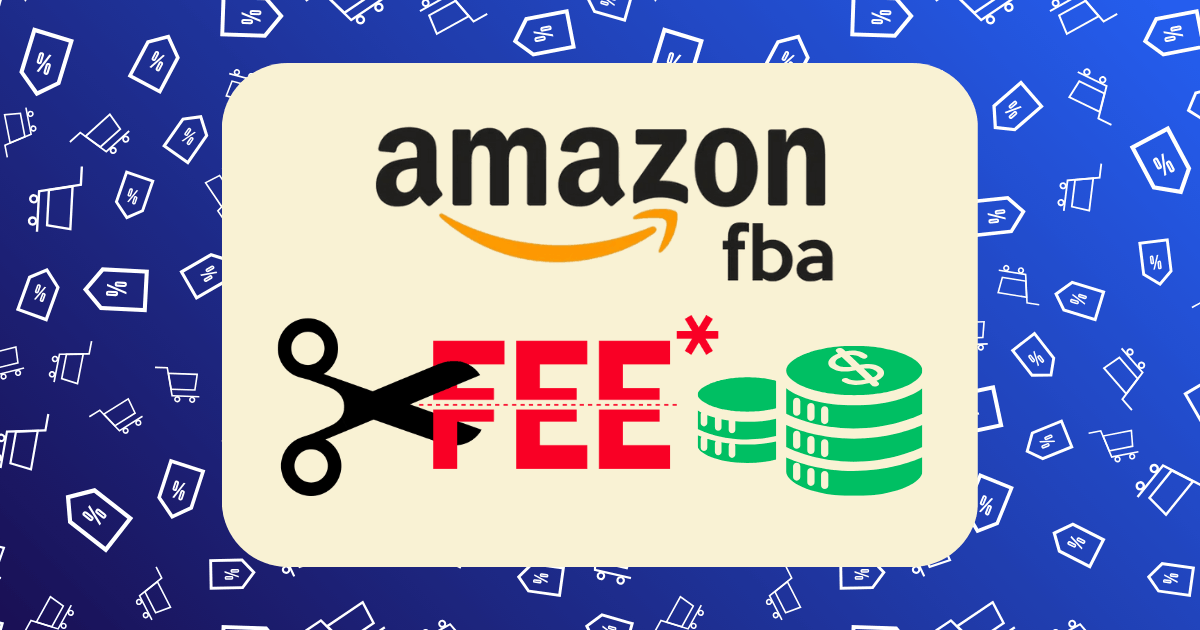
If you’re considering selling on Amazon using their Fulfillment by Amazon (FBA) service, understanding the fee structure is critical to your profitability. As someone who has scaled multiple Amazon businesses from zero to six figures, I can tell you that the difference between success and failure often comes down to accurately calculating your margins before you even source your first product.
In 2025, Amazon’s fee structure has undergone several changes that directly impact seller profitability. This comprehensive breakdown will show you exactly what happens to a $30 sale on Amazon FBA, revealing how much you’ll actually keep after all fees are deducted.
The Reality of Amazon FBA Fees in 2025
Many new sellers are shocked when they discover how many different fees Amazon charges. What looks like a profitable product on the surface can quickly become a money-losing venture when all costs are considered. Let’s break down a typical $30 sale to see where your money actually goes.
Breaking Down a $30 Amazon Sale: The Complete Picture
For this analysis, we’ll use a standard-sized product weighing approximately 1 pound (16 oz) with dimensions of 10″ × 8″ × 2″ selling for $30. This represents a typical mid-range product on Amazon.
1. Amazon Referral Fee: $4.50 (15%)
The referral fee is essentially Amazon’s commission for allowing you to sell on their platform. In 2025, most categories have a 15% referral fee, though this varies:
- Most categories: 15%
- Apparel and accessories: 17% (with reduced rates for items under $20)
- Electronics: 8%
- Jewelry: 20%
- Amazon device accessories: 45%
For our $30 item in a standard category: $30 × 15% = $4.50
2. FBA Fulfillment Fee: $5.06
This fee covers picking, packing, shipping, and customer service for your product. In 2025, fulfillment fees for standard-size items are based on weight and dimensions:
| Size Tier | Weight | 2025 Fee |
| Small (≤ 6 oz) | ≤ 0.375 lb | $2.50 |
| Medium (> 6-16 oz) | > 0.375-1lb | $3.32 |
| Large (> 16 oz-2 lb) | > 1-2 lb | $5.06 |
| Large (> 2-3 lb) | > 2-3 lb | $5.47 |
| Large (> 3-20 lb) | > 3-20 lb | $5.47 + $0.16/lb above 3 lb |
For our 1-pound product: $5.06
Note: Apparel items incur approximately $0.40 more in fulfillment fees compared to non-apparel items of the same size.
3. Monthly Storage Fees: $0.12
Amazon charges monthly storage fees based on the volume your inventory occupies in their warehouses. In 2025, these fees are:
- January-September: $0.78 per cubic foot
- October-December: $2.40 per cubic foot (holiday season)
For our product with dimensions of 10″ × 8″ × 2″:
- Volume: 10 × 8 × 2 = 160 cubic inches = 0.0926 cubic feet
- Monthly storage (non-peak): 0.0926 × $0.78 = $0.0722
- Monthly storage (peak): 0.0926 × $2.40 = $0.2222
Assuming an average inventory turnover of 30 days and accounting for seasonal variations: $0.12 per unit
4. Aged Inventory Surcharges: $0.08
For inventory stored longer than 180 days, Amazon charges additional fees:
- 181-270 days: $1.50 per cubic foot per month
- 271-365 days: $6.90 per cubic foot per month
- 365+ days: $15.00 per cubic foot per month
Assuming 10% of your inventory becomes aged (181-270 days): 0.0926 cubic feet × $1.50 × 10% = $0.08 per unit (amortized across all units)
5. Returns Processing Fee: $0.25
For categories with high return rates, Amazon charges a returns processing fee. This varies by category but averages around 5% of your fulfillment fee for products with return rates above the category threshold.
Estimated returns processing fee: $5.06 × 5% = $0.25 per unit (amortized across all units)
6. Professional Seller Fee: $0.33
The Professional seller account fee is $39.99 per month. To calculate the per-unit cost, we need to divide this by your monthly sales volume.
Assuming120 units sold per month: $39.99 ÷ 120 = $0.33 per unit
Note: If you’re an Individual seller (less than 40 items per month), you’d pay $0.99 per item instead of the monthly subscription.
7. FBA Label Service (Optional): $0.55
If you choose to have Amazon label your products: $0.55 per unit
8. Prep Service Fees (Optional): $0.70
If your products require poly-bagging or other preparation: $0.70 per unit
9. Inbound Placement Service Fee: $0.27
This fee applies if you use Amazon’s inventory placement service: $0.27 per unit
The Complete Fee Breakdown for a $30 Sale
Now, let’s compile all these fees to see the complete picture:
| Fee Type | Amount |
| Sale Price | $30.00 |
| Amazon Referral Fee (15%) | -$4.50 |
| FBA Fulfillment Fee | -$5.06 |
| Monthly Storage Fee | -$0.12 |
| Aged Inventory Surcharge | -$0.08 |
| Returns Processing Fee | -$0.25 |
| Professional Seller Fee | -$0.33 |
| FBA Label Service (optional) | -$0.55 |
| Prep Service Fees (optional) | -$0.70 |
| Inbound Placement Fee | -$0.27 |
| Total Amazon Fees | -$11.86 |
| Revenue After Amazon Fees | $18.14 |
But Wait, There’s More: Your Actual Profit Calculation
The $18.14 you’re left with after Amazon fees isn’t your profit—it’s your revenue after fees. To calculate your actual profit, you need to subtract your product costs and other business expenses:
Product Costs
- Product Cost (COGS): Let’s assume $5.00
- Shipping to Amazon: $1.50 per unit
- Import Duties/Taxes (if applicable): $0.50 per unit
Marketing and Operational Costs
- PPC Advertising: $4.50 per unit (15% of sale price)
- Product Photography: $0.15 per unit (amortized)
- Product Liability Insurance: $0.10 per unit (amortized)
The Final Profit Breakdown
| Item | Amount |
| Sale Price | $30.00 |
| Total Amazon Fees | -$11.86 |
| Product Cost (COGS) | -$5.00 |
| Shipping to Amazon | -$1.50 |
| Import Duties/Taxes | -$0.50 |
| PPC Advertising | -$4.50 |
| Product Photography | -$0.15 |
| Product Liability Insurance | -$0.10 |
| Net Profit | $6.39 |
| Profit Margin | 21.3% |
The Bottom Line: What You Actually Keep
From a $30 sale on Amazon FBA in 2025, you’ll keep approximately $6.39 in profit, representing a 21.3% profit margin. This is assuming you have average marketing costs and a reasonably priced product.
Is This a Good Profit Margin?
In the Amazon FBA world, profit margins typically fall into these categories:
- Below 15%: Too thin for sustainable business
- 15-20%: Acceptable but challenging to scale
- 20-25%: Good margin with room for growth
- 25-30%: Strong margin for scaling
- 30%+: Excellent margin with significant scaling potential
At 21.3%, our example product has a good profit margin that allows for some scaling, though there’s room for optimization.
Strategies to Increase Your Profit Margin
If you want to keep more of your $30 sale, consider these proven strategies:
1. Reduce Product Costs
Negotiating with suppliers can significantly impact your bottom line. A $1 reduction in COGS would increase your profit margin to 24.6%.
2. Optimize Product Dimensions
Reducing your product’s dimensions to fit into a lower FBA fulfillment fee tier can save you significant money. For example, if you could reduce the weight to under 16 oz, your fulfillment fee would drop from $5.06 to $3.32, increasing your profit margin to 27.1%.
3. Improve Inventory Turnover
Faster inventory turnover reduces storage fees and aged inventory surcharges. Aim to turn over inventory every 30-45 days.
4. Optimize PPC Campaigns
Reducing your ACoS (Advertising Cost of Sale) from 15% to 10% would add $1.50 to your profit, increasing your margin to 26.3%.
5. Bundle Products
Creating unique bundles can reduce competition and allow for higher prices while spreading fixed costs across multiple items.
How 2025’s Fee Changes Impact Your Bottom Line
Amazon has implemented several fee changes in 2025 that affect seller profitability:
- Reduced Referral Fees for Low-Priced Apparel: Items under $15 now have a 5% referral fee (down from 17%), and items between $15-$20 have a 10% fee.
- Storage Fee Adjustments: Off-peak storage fees decreased by $0.09 per cubic foot for standard-size products.
- Increased Aged Inventory Surcharges: Fees for inventory stored between 271-365 days have increased.
- New Low-Inventory-Level Fee: This new fee applies to standard-sized products with consistently low inventory relative to customer demand.
- Multi-Channel Fulfillment Fee Increases: All MCF orders saw fee increases from October 2024.
The Amazon FBA Calculator: Your Essential Tool
Before listing any product on Amazon, use the Amazon FBA Revenue Calculator to estimate your specific costs and profitability. This tool reflects current fees and can help you avoid costly mistakes.
Conclusion: Is Amazon FBA Still Worth It in 2025?
Despite the complex fee structure, Amazon FBA remains a viable business model in 2025 for sellers who:
- Do their homework: Calculate all fees before sourcing products
- Choose products strategically: Focus on items with 25%+ potential profit margins
- Optimize operations: Minimize storage time and dimensional weight
- Scale efficiently: Spread fixed costs across higher sales volumes
The key takeaway? You’ll keep roughly 20-25% of your sale price as profit in most cases, meaning a $30 sale nets you about $6-7.50 in actual profit. While this may seem low compared to other business models, Amazon’s unmatched customer base and fulfillment infrastructure make it possible to achieve significant total profit through volume.
Remember, successful Amazon sellers don’t focus on individual sales—they build systems that generate hundreds or thousands of sales per month with healthy margins. With the right product selection and proper fee management, you can build a profitable Amazon FBA business even in 2025’s competitive landscape.
Have you been selling on Amazon FBA? How do your profit margins compare to this breakdown? Share your experience in the comments below.


